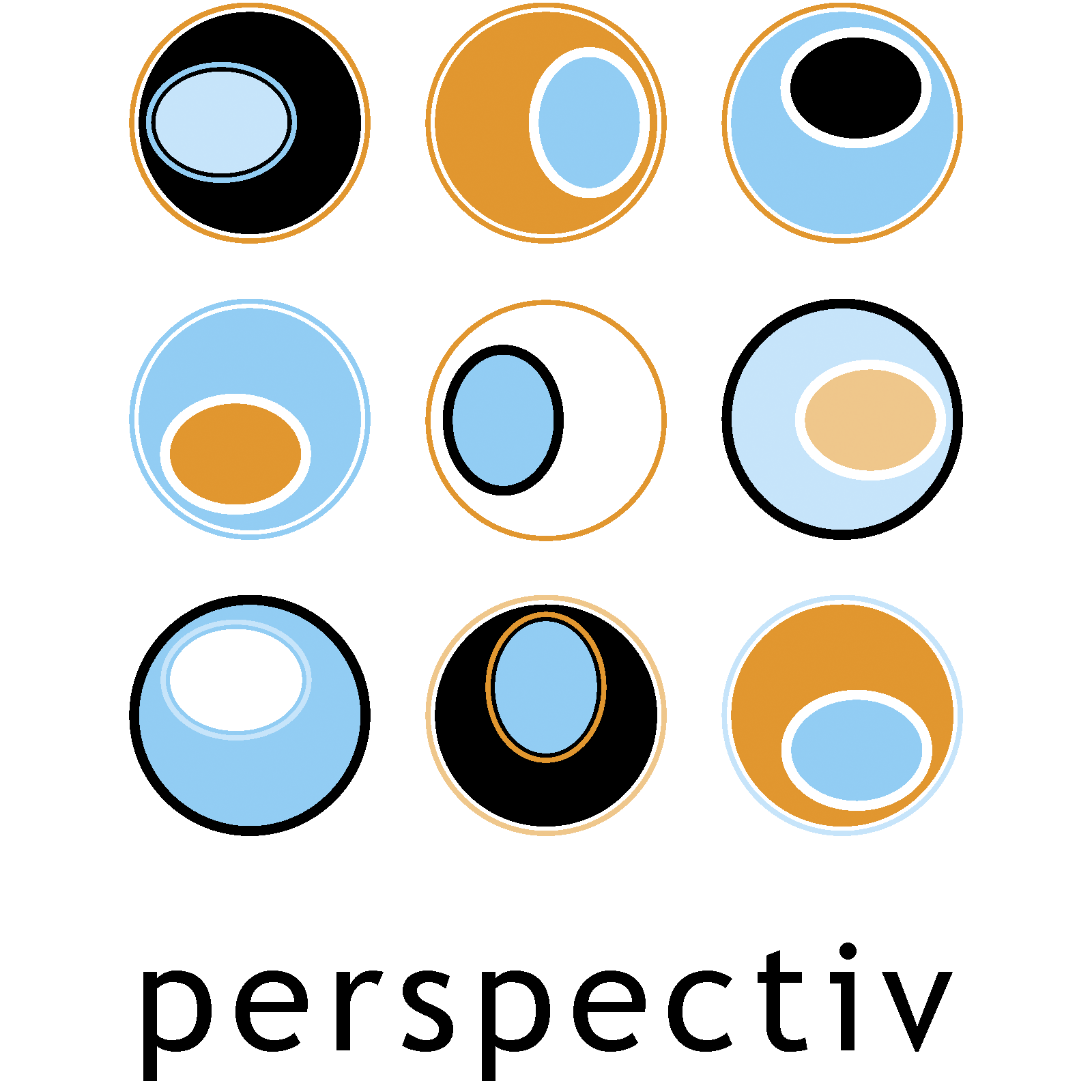The quest for resilience is seemingly ubiquitous, which is perhaps not surprising given the degree of change, complexity and uncertainty in the world.
Read MoreWe fail more often because we solve the wrong problem than because we get the wrong solution to the right problem.
Read MoreAs a culture we have many outdated, mythical and just plain wrong conceptions of leadership. This post introduces some more helpful conceptions about leadership and the challenge to rethink ‘management’.
Read MoreSolving ‘wicked’ problems requires both ‘vertical’ and ‘horizontal’ skill sets: technical skills and knowledge must be complemented by a host of other people and thinking skills. We call this being ‘T-shaped’.
Read MoreThe Danish philosopher Soren Kierkegaard wrote a story about a wild duck that has a moral we see as being pertinent to individuals, teams and organisations: beware of becoming satisfied with the status quo.
Read MoreEffective innovation relies on people with different cognitive approaches to change, processing information and making decisions – it is this cognitive diversity that ensures organisations avoid collective blindness.
Read MoreTo improve in any field of activity, we need to change and grow - which means we have to take risks, let go, try new things and continually learn from our own experiences.
Read MoreVIEW is a self-assessment instrument that examines three important dimensions of style that relate directly to creative behaviour, problem solving and change – like a mirror that provides valuable feedback about ourselves.
Read MoreThis article by Rachel Sharp from HR Magazine explores creativity and innovation and looks at some productive approaches for Human Resources’ involvement. It finishes with Perspectiv’s Andy Wilkins discussing Rachel’s style of creativity measured by VIEW.
Read MoreThe Situational Outlook Questionnaire® (SOQ) is an assessment tool that measures climate, helps make the invisible more visible and points the way to a more productive, more creative and healthier environment.
Read MoreIn management literature ‘culture’ is often muddled with ‘climate’, but the difference can be likened to a tree: climate is the observable parts above ground and culture is the roots hidden below ground.
Read MoreHigh performance people, teams and organisations are never satisfied with the status quo - instead, they nurture a ‘climate’ for innovation. This post looks at the impact climate has on innovation, and how it can be improved.
Read MoreThis paper was written by Perspectiv’s Andy Wilkins and published by Panasonic Business to help their customers in the rail industry appreciate Panasonic’s systematic and serious approach to innovation.
Read MorePublished by Assist Knowledge Development in Analysts Anonymous, this article looks at what we have learned about credibility and new forms of leadership and whether these can be useful insights for strengthening business analysts.
Read MoreThis paper focuses on the systemic nature of creativity and the role of business schools in stimulating and enhancing organisational creativity. The concept of ‘ba’ represents a shared creative environment.
Read MoreThis paper looks at a unique inter-disciplinary master’s in creativity and innovation and explores whether design is a sufficient metaphor for enduring success, using the Roman God Janus to symbolise creative change.
Read MoreThis article looks at a one-day approach jointly developed with Perspectiv client RHM to rapidly increase the quality and speed of New and Old Product and Service Development (NPD) that can be applied to all aspects of business.
Read MoreIf you don’t have a healthy climate, then you will not have the appropriate conditions for effective teams, departments and organisations. Recent research suggest the main role of leadership is to create climate.
Read More


















